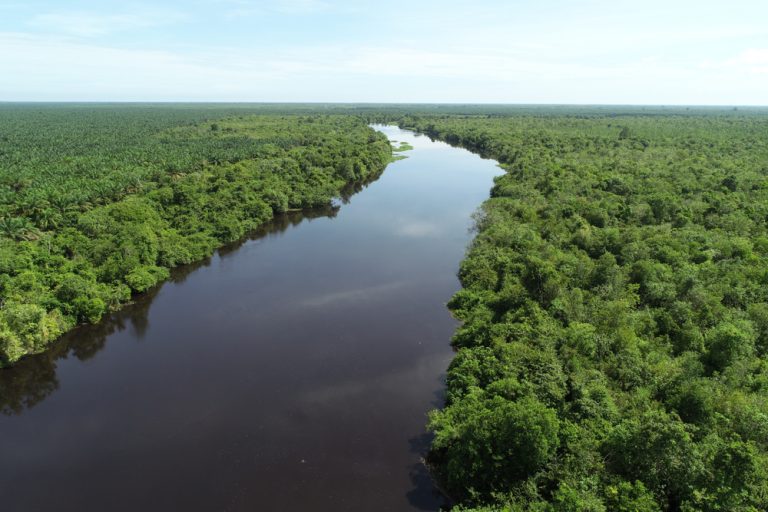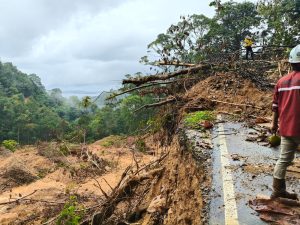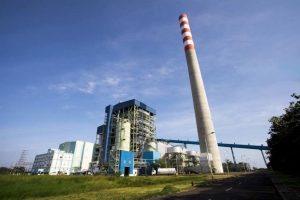Jakarta – The Institute for Essential Services Reform (IESR) assesses that the recently submitted Second Nationally Determined Contribution (SNDC) document by the government to the UNFCCC still delays action on reducing emissions in the energy sector and relies excessively on emissions absorption in the forestry and other land use (FOLU) sector.
In its statement on Tuesday, October 29, IESR criticised the government’s high economic growth scenario of 8%. In this scenario, FOLU absorption is the primary focus of mitigation, while emissions from the energy sector continue to rise and are expected to peak in 2038.
The government submitted its SNDC on October 27, 2025, close to the COP30 event. Unlike previous documents, emission targets are now set using absolute figures for 2035, with 2019 as the reference year. However, in the two conditional target scenarios designed, Indonesia’s total emissions are actually projected to continue increasing until 2030 before gradually declining.
Emissions absorption from FOLU is set at a fairly high level, reaching -207 million tons of CO₂e by 2035. Without the contribution of this sector, total national net emissions are projected to reach 1,696 million tons of CO₂e by 2035.
“Significant efforts to reduce emissions will only begin after 2035. This means that for the next decade, Indonesia will still be on a path of increasing emissions,” according to IESR.
This approach is considered inefficient and actually increases future transition costs, and potentially putting Indonesia out of alignment with the Paris Agreement.
Not in line with the 1.5°C benchmark
Based on the Climate Action Tracker (CAT) benchmark, to consistently keep global warming within the 1.5°C limit, Indonesia’s absolute emissions in 2035 should be in the range of 720 million tons of CO₂e (excluding the FOLU sector). The target in the SNDC is even more moderate than the projection in the 2025–2045 RPJPN of 760 million tons of CO₂e (including FOLU).
IESR assesses that the SNDC fails to reflect the “highest level of ambition” as mandated by Article 4 of the Paris Agreement. Greater international support will be difficult to expect if the level of ambition is not increased.
By 2035, the energy sector will be the largest contributor to emissions, with an estimated 1,336 million tons of CO₂e — a 103% increase compared to 2019. The government plans to increase the share of renewable energy to 19–23% by 2030 and 36–40% by 2040, as well as expand the use of electric vehicles. However, the realisation is still considered far from the vision of a rapid energy transition.
“The SNDC does not reflect President Prabowo’s ambition for 100% renewable energy in 10 years and the construction of 100 GW of solar power plants in villages,” said IESR CEO Fabby Tumiwa.
According to him, the current energy policy still maintains the operation of old coal-fired power plants that should have been retired.
Fabby said that strong climate action can actually accelerate national growth, rather than hinder it. “The cost of electricity from solar power plants and batteries is becoming increasingly competitive. If the government does not hesitate to accelerate the energy transition, Indonesia will get cheaper electricity and lower emissions,” he said.
IESR assesses that energy transition investments in the range of USD 40–50 billion per year can be a driver of quality economic growth, in line with the results of Bappenas’ modelling in Low Carbon Development Indonesia (LCDI). (Hartatik)
Banner photo: Taufan Kharis/shutterstock.com















